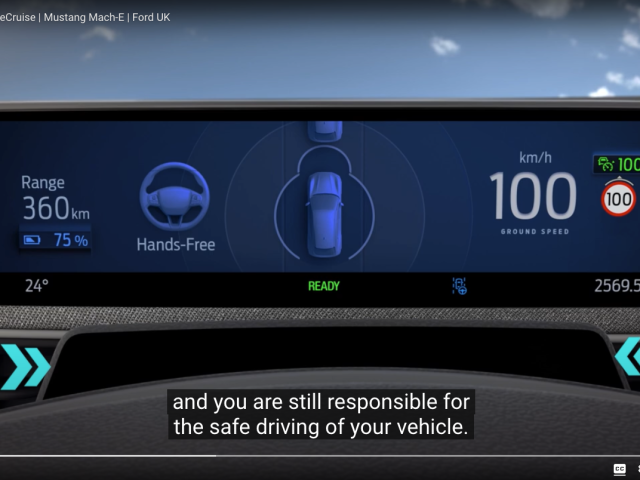
US police data analysis confirms effectiveness of automated emergency braking
Vehicles equipped with automated emergency braking are much less likely to crash into the rear of other vehicles, the US-based Insurance Institute for Highway Safety (IIHS) has found in a study of the feature’s effectiveness using police-reported crash data.
Systems with automatic braking reduce rear-end crashes by about 40 percent on average. The autobrake systems also greatly reduce injury crashes.
“The success of front crash prevention represents a big step toward safer roads,” said David Zuby, IIHS chief research officer. “As this technology becomes more widespread, we can expect to see noticeably fewer rear-end crashes. The same goes for the whiplash injuries that often result from these crashes and can cause a lot of pain and lost productivity.”
In September, the National Highway Traffic Safety Administration and IIHS announced an agreement in principle with US carmakers to make automatic braking standard on all models.
An international study published last year similarly found a 38% reduction in rear-end collissions.
Note: This report was updated on 26 February 2016 to reflect that an earlier international study found similar results to the IIHS report.







